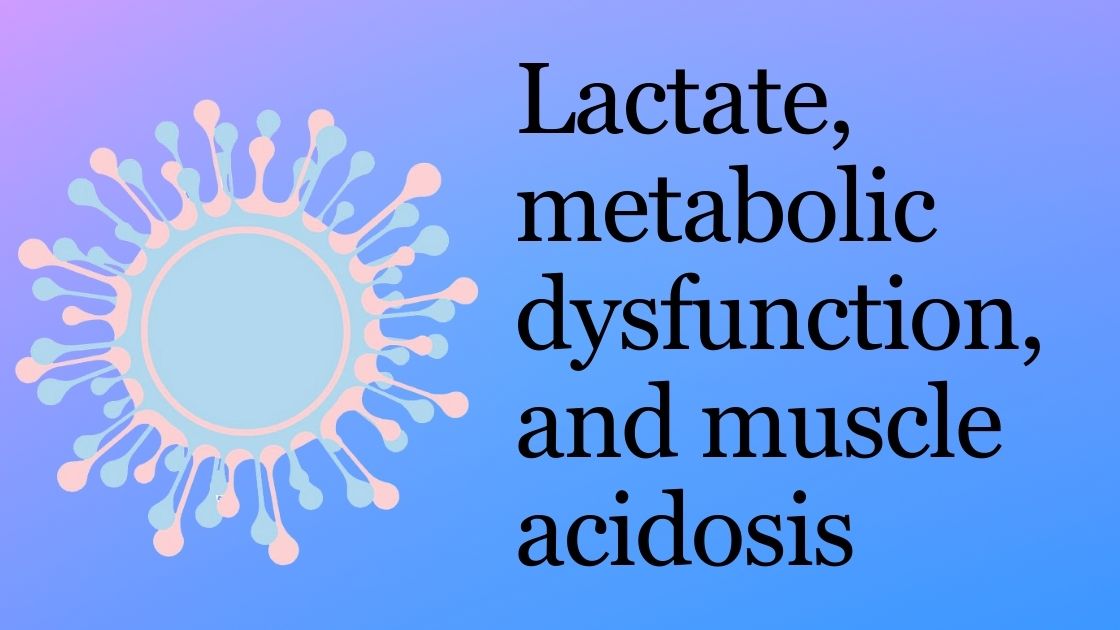Article: Hypothesis: inflammatory acid-base disruption underpins Long Covid
Published: April 2023, Frontiers in Immunology
Summary:
This hypothesis article outlines a cause of the high lactate levels that have been found in some people with long Covid or ME/CFS.
In long Covid, inflammation and reduced blood flow in the small vessels (either due to microclots or inflammation) create a relative lack of oxygen to the tissue supplied by the vessels.
Lactic acid, known by many as what makes you sore after a workout, is created when there isn’t enough oxygen to the muscle tissue.
In some people with long Covid, high levels of lactic acid have been found even when they weren’t working out strenuously.
One possible reason is that some people with long Covid have reduced microvascular blood flow — through endothelial inflammation or perhaps due to microclots. Hypoxia – lack of oxygen to the tissue – then occurs due to reduced blood flow. This shifts cellular metabolism to anaerobic respiration and produces more lactate.
The body balances out excess lactic acid in several ways, including increasing bicarbonate production in the urine and upregulating lactate dehydrogenase gene expression.
Just getting sore muscles from a workout, though, doesn’t cause the systemic fatigue or other symptoms seen in long Covid. The authors of the article hypothesize that an increased permeability of the blood-brain barrier is also at play, allowing for an altered acid-base balance in the brain. Altered brain acidity could then be causing the systemic changes, such as an inflammatory response in the brain and changes in the circadian clock.
Read through the hypothesis article yourself: https://www.ncbi.nlm.nih.gov/pmc/articles/PMC10140510/
